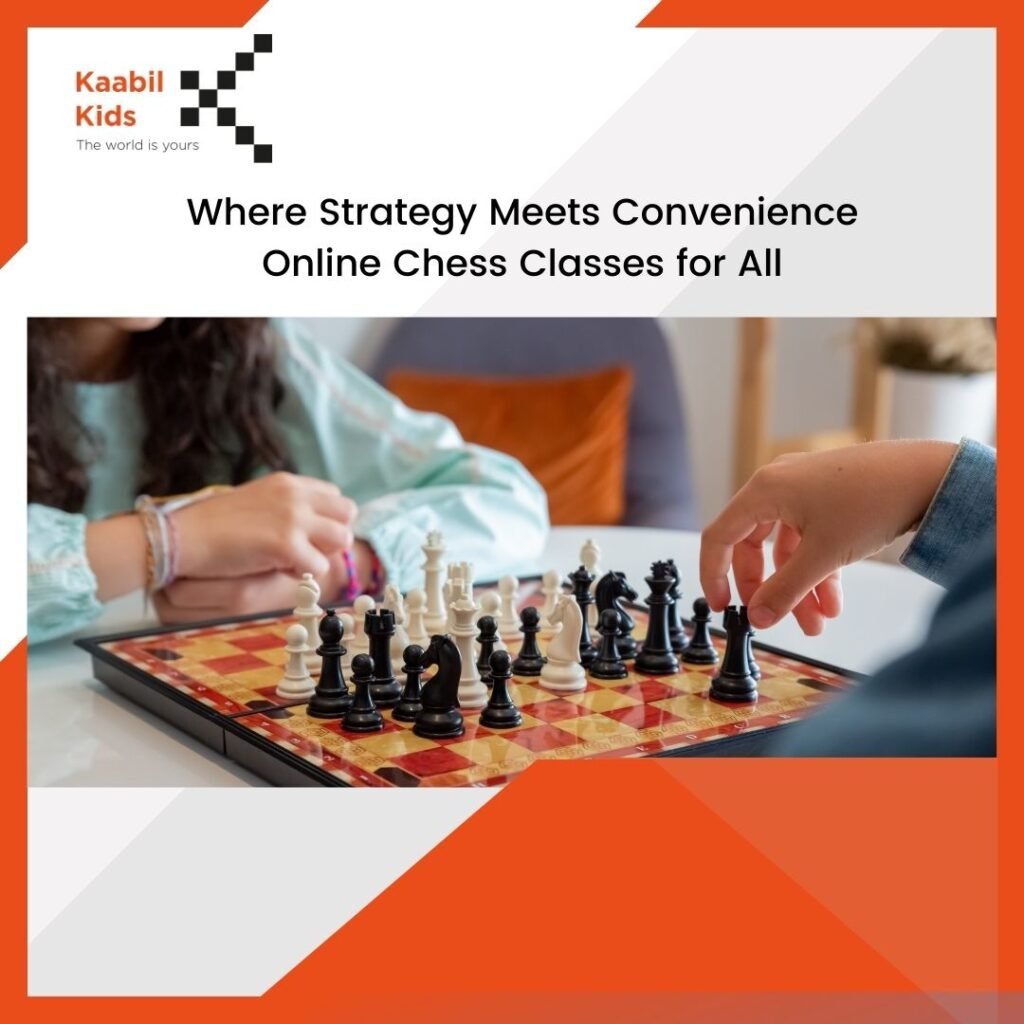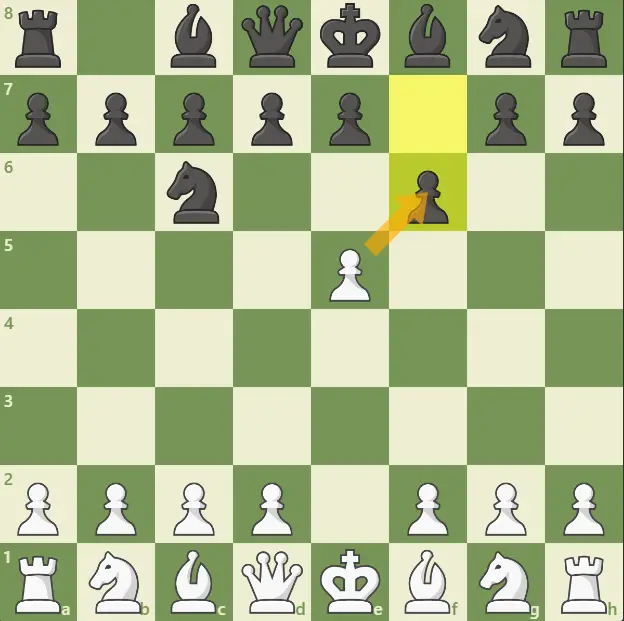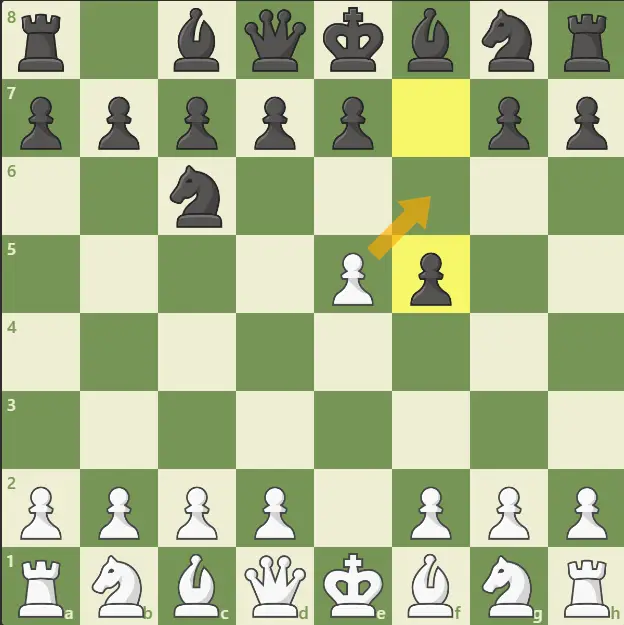Chess, often considered a game of strategy and intellect, has made waves not just on the checkered board but also in academic achievement. Parents are increasingly turning to chess coaching classes as an educational strategy for their child on both fronts – board game play as well as classroom performance improvement. We will look at how chess can enhance children’s academic performance as a form of empowerment both on the board and classroom levels; enrolling yours in these lessons might just be your most strategic move yet! In this post, we’ll explore how chess can enhance academic performance & why enrolling them in coaching classes might be your solution!
Cognitive Development and Critical Thinking
Strategic Moves on the Board and Strategic Thinking in Studies
Chess is widely recognised for developing children’s cognitive skills such as memory, concentration and pattern recognition. When engaging in the game, children continually evaluate positions, anticipate opponents’ moves and formulate strategies – all essential critical thinking abilities that translate well to academic pursuits.
Chess coaching classes provide children with structured environments where they can develop the necessary skills to assess situations, plan, and think critically – essential abilities needed for mastering the chessboard’s intricacies and building a foundation for academic success.
Improved Memory Retention
Game of Memory and Recall
Chess requires memorising different openings, strategies, and piece positions on the board – providing children with invaluable practice in memory retention that will significantly strengthen their academic learning ability. Chess provides children with a continual opportunity to build and sharpen their ability to absorb and remember information – an ability highly sought after by schools today.
Chess coaching classes provide systematic approaches to memorisation, teaching children how to remember and apply various strategies. This enhanced memory retention can greatly improve academic performance in subjects that require recalling information for application or recall.
Enhanced Problem-Solving Skills
Every Step Matters, and Each Problem Has a Solution
Chess players strive to solve various strategic puzzles by employing strategic moves. Its problem-solving aspect translates directly to academic challenges where students must find solutions for mathematical equations, scientific puzzles and analytic inquiries.
Chess coaching classes emphasise problem-solving techniques, teaching children to tackle challenges systematically. Not only is this skill useful in the game itself, but it can be invaluable when dealing with complex academic problems.
Focus and Concentration
Strengthen Your Mental Focus
Chess requires unwavering concentration from its players. They must focus on the current position, anticipate future moves, and remain alert to their opponent’s strategy – all activities that help develop this high concentration level cultivated through playing chess can significantly boost children’s ability to stay focused when undertaking academic tasks.
Chess coaching classes emphasise the value of concentration by offering exercises and strategies designed to develop children’s ability to remain engaged throughout a game, leading to improved study habits and academic performance.
Increased Patience and Perseverance
Learning the Art of Resilience
Chess is an engaging game that demands patience and perseverance from its participants, where each move can have consequences, forcing players to adjust quickly when unexpected developments arise. Chess coaching classes can develop these traits for children to help strengthen their academic journeys.
Academic challenges are inevitable, and setbacks may arise, yet children learn through playing chess how to face these difficulties with grace, learn from mistakes and overcome adversity – qualities essential to long-term academic success.
Time Management Skills
Clocks Tick on Board and in Studies
Chess can often be played against timed limitations, adding an air of urgency to each move. This element teaches players how to manage their time effectively – which is incredibly valuable in academic settings where deadlines are commonplace.
Chess coaching classes help children learn time management techniques, helping them allocate their time effectively during a game. By applying this skill to academics, students become adept at organising study schedules, completing assignments on time and performing well during timed examinations.
Social and Emotional Skills
Nurturing Emotional Intelligence
Chess is not simply a game of logic; its emotional aspect allows players to learn how to anticipate an opponent’s moves, adapt their game accordingly and develop emotional intelligence.
Chess coaching classes provide children with an environment in which they can understand their emotions and navigate social dynamics more easily, leading them toward developing greater emotional intelligence that can positively affect interactions with peers, teachers, and their academic environment.
Joining Chess Coaching Classes: A Strategic Decision
Discovering Your Full Potential
Enrolling your child in chess coaching classes is like unlocking an abundance of cognitive, emotional, and social benefits for them. Led by experienced instructors, these classes go far beyond simply teaching game rules – they also offer structured curriculums to develop all these crucial skills that will ensure both excelling on the board and flourishing academically.
Chess coaching classes provide a holistic approach to education in an increasingly multidimensional world. By engaging in this fascinating game, children enhance their academic abilities while creating the basis for a rewarding academic journey.
Last Words
Chess, with its complex strategies and intellectual challenges, serves as a powerful way of strengthening various aspects of a child’s development. Skills honed on the board quickly transfer to academic performance – making chess an investment worth making for your education!
Consider enrolling your child in chess coaching classes as a structured environment to learn the game and gain life skills that may impact academic success – why wait?! Book your demo class with us today!













